James Braid
A caddie as a kid who grew up surrounded by many great golf courses and enthusiasts in Scotland and forged his own path in the game as a club maker, decorated player, and prolific architect.
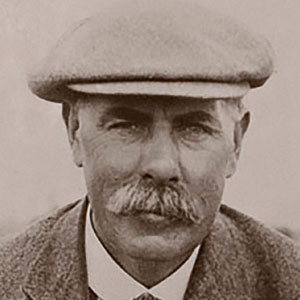
February 6, 1870, Fife, Scotland
November 27, 1950, London, England
Eclectic 18 UK – Hole No. 4, St. Enodoc
Andy’s Scottish Adventure, Part 2: North Berwick, The Old Course, Dunbar, Kilspindie
Born in 1870 near the links of Elie/Earlsferry, Fife, James Braid grew up surrounded by many great golf courses and golf enthusiasts. A caddie as a kid, Braid learned the game on the nine-hole course next to his home, with no lessons to aid him—only competition at the Earlsferry Thistle Golf Club. The Simpson brothers, Archie and Bob, were his hometown uncles, and Braid played many matches with them on the links of Elie.
Braid’s parents were not keen on the young man’s passion for golf, and they sent him to be a joiner in a craft shop once he finished school at age 13. This job brought him to St. Andrews in 1889, where he became acquainted with the Old Course, and Edinburgh in 1891, where he frequented the Braids Links (unrelated to his family name, but a course he praised highly). Living in those places only heightened his desire to make golf a career, and he finally took the leap in 1893 when a friend asked him to be a club maker at the Army Navy Stores in London.
While in London, Braid began to play tournaments. He finished T-9 at his first Open Championship in 1894 at Royal St. George’s Golf Club, then second in 1897 at Hoylake, before going on a remarkable run. In 10 Opens from 1901 to 1910, he won five—two at Muirfield, two at St. Andrews, and one at Prestwick—and finished runner-up twice. These exploits established him as part of the Great Triumvirate alongside Harry Vardon and J.H. Taylor. Braid’s playing prowess also earned him a job at the newly formed, Herbert Fowler-designed Walton Heath Golf Club in 1904. Braid’s contract at Walton Heath allowed him to travel 90 days of the year, playing tournaments as well as designing golf courses, a profession he had started when he modified one of his home London courses, Romford, in 1896.
Braid’s architectural career was long, prolific, and only interrupted by the two World Wars. His modus operandi was to survey a site for only a day or two and submit his plans in writing and drawings to the club soon after, making the most of his limited time away from the Surrey heathlands. These plans were usually discussed, altered, and implemented by the clubs in the years after. Consequently, the opening dates listed below are often many years after Braid visited the properties. Prior to World War I, Braid did notable work at North Hants Golf Club (1904), The Glen Golf Club, aka North Berwick East Links (1906, with Ben Sayers), Tenby Golf Club (1907), and Pennard Golf Club (1908, with later revisions). He visited and planned 36 holes at Gleneagles in 1913, but the courses didn’t formally open until after the war in 1919. In addition, Braid created new holes and modified existing ones at St. Enodoc Golf Club (Church) (1907), Lundin Golf Club (1909), and Nairn Golf Club (1911 and again in 1921). During World War I, Braid played many exhibition matches with his fellow members of the Great Triumvirate, as all three were too old to serve in the war.
By the end of the war, Braid was established as both a generational player and a leading architect. He formally partnered with construction contractor John R. Stutt in 1923 and continued churning out courses. His new layouts included the King Robert the Bruce course at Turnberry Golf Club (1923), the Purdis Heath course at Ipswich Golf Club (1926), Perranporth Golf Club (1927), and Welshpool Golf Club (1930). Arguably his most famous work during the 20s, however, involved alterations to well-known existing layouts. He completed extensions of Dunstanburgh Castle Golf Club (1922), Hankley Common Golf Club (1922), Blairgowrie Golf Club (1930), and Boat of Garten Golf and Tennis Club (1932), as well as significant changes at Royal Cinque Ports Golf Club (1920), Formby Golf Club (1922), Royal Troon Golf Club (1923), Brora Golf Club (1924), Sherwood Forest Golf Club (1925), Southport and Ainsdale Golf Club (1925), Berkhamsted Golf Club (1926), Goswick Golf Club (1930), Fortrose and Rosemarkie Golf Club (1935), Llandrindod Wells Golf Club (1935), and Parkstone Golf Club (1937).
It seemed that Braid never aged, and he continued to play exhibition matches with J.H. Taylor during World War II, when both were in their 70s. After the war, he continued to consult as an architect, with his last notable renovation coming at Northamptonshire County Golf Club (1947). In 1950, Braid was in the first group of professionals to become honorary members of the R&A. He was still the head professional at Walton Heath when he died in November of that year.
For more information on Braid’s life and work, there is no more detailed book than John E. Moreton and Iain Cumming’s James Braid and His Four Hundred Golf Courses.
Dunbar Golf Club
Although its property is constrained in some spots, Dunbar is a stunning and enjoyable links that should be on every golfer’s East Lothian itinerary
Dunbar Golf Club
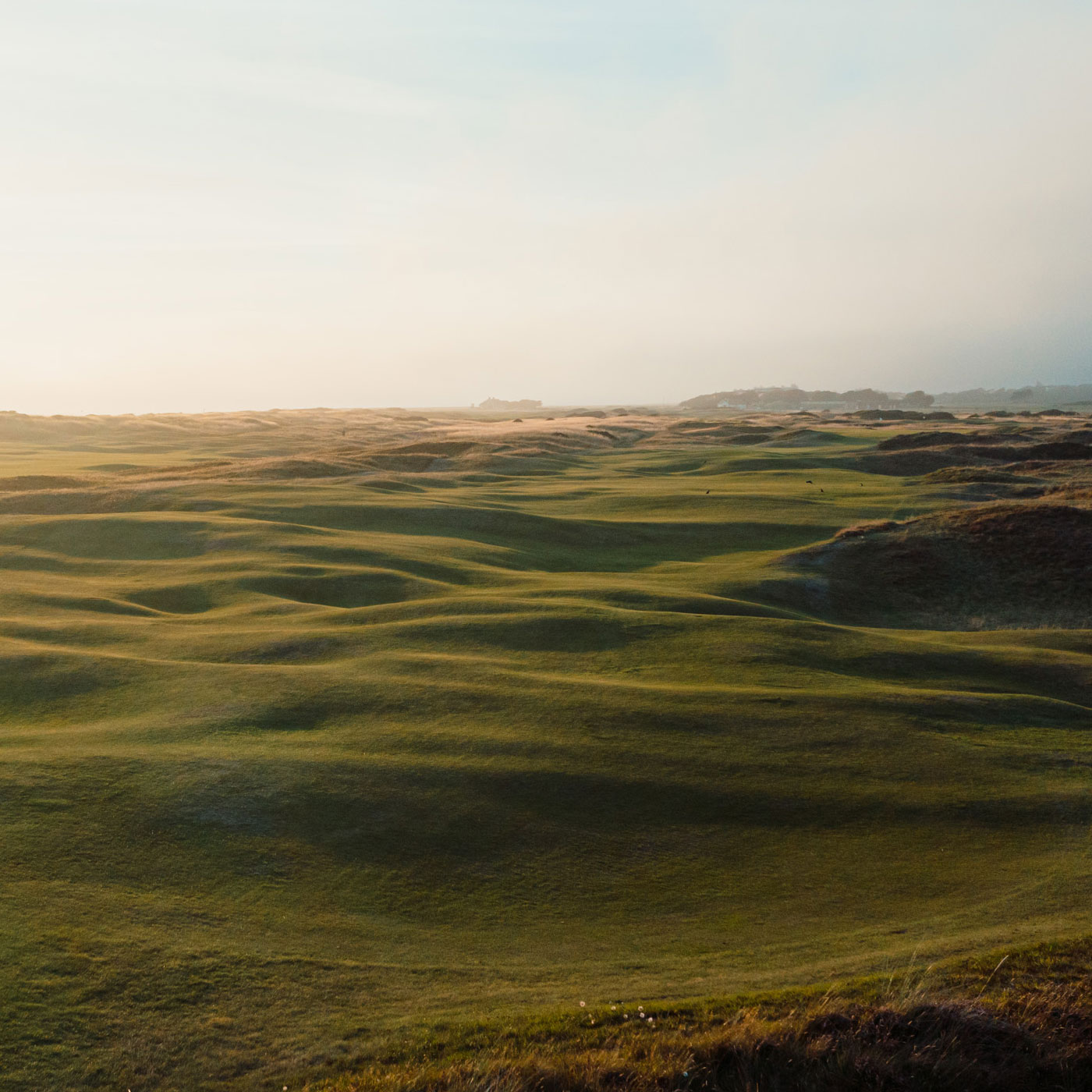
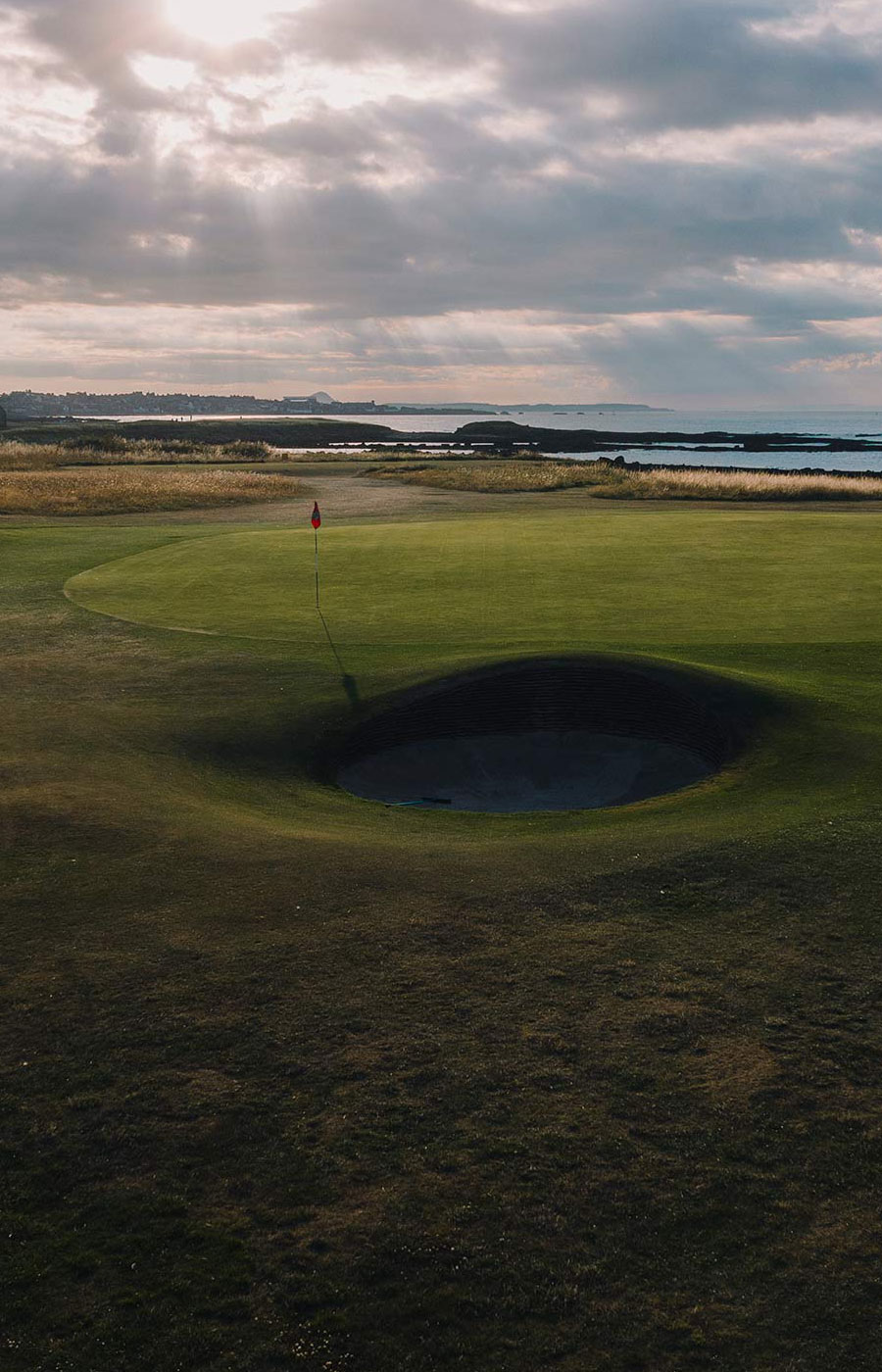
Leave a comment or start a discussion
Engage in our content with thousands of other Fried Egg Golf Members
Engage in our content with thousands of other Fried Egg Golf Club Members
Get full access to exclusive benefits from Fried Egg Golf
- Member-only content
- Community discussions forums
- Member-only experiences and early access to events
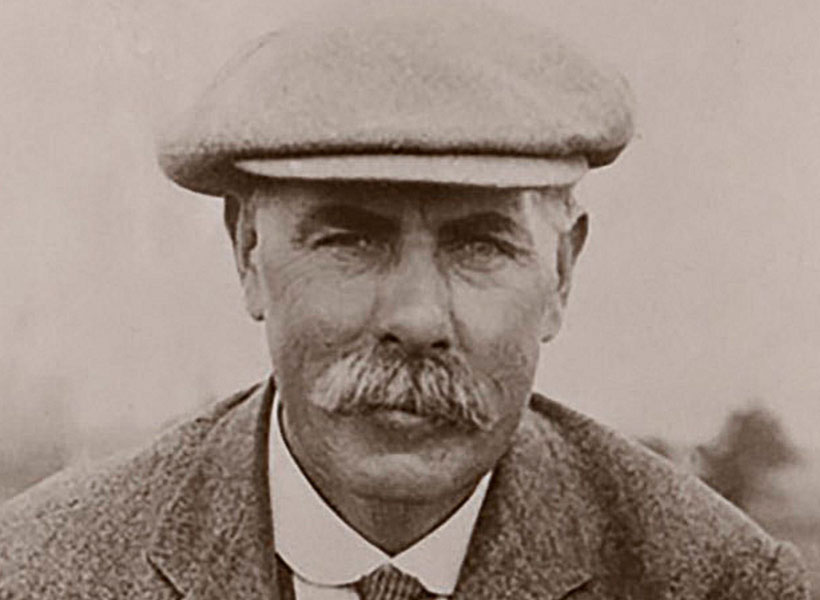
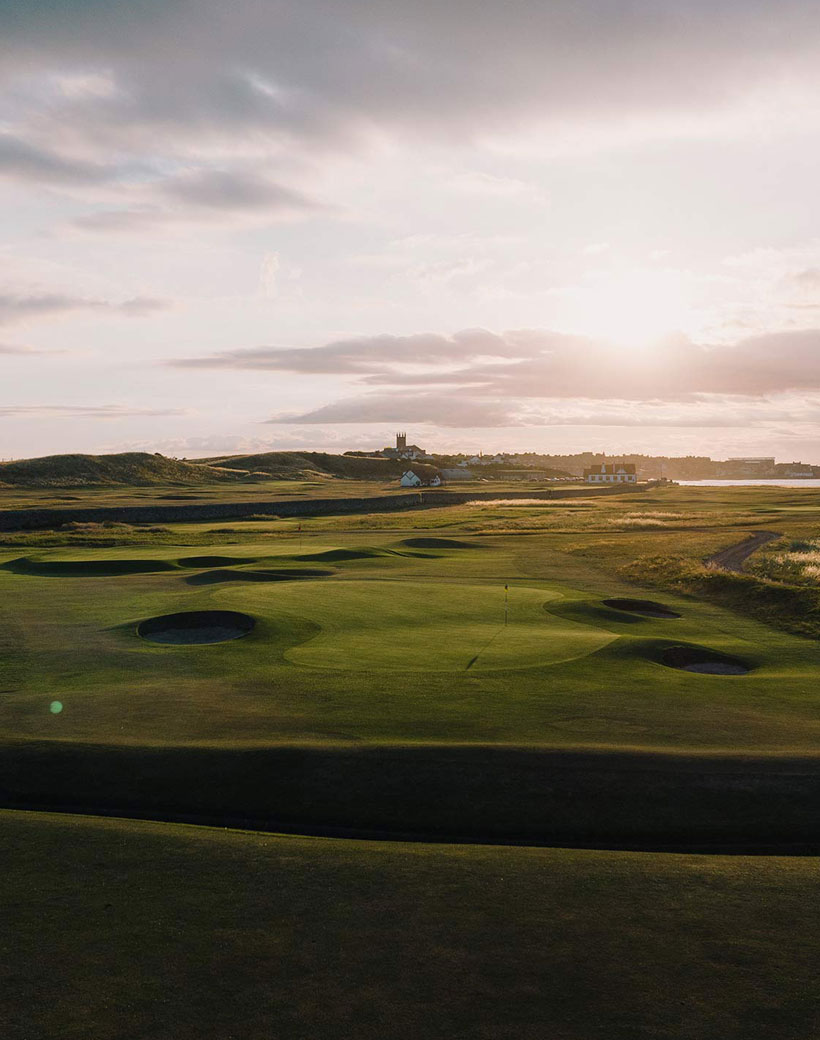
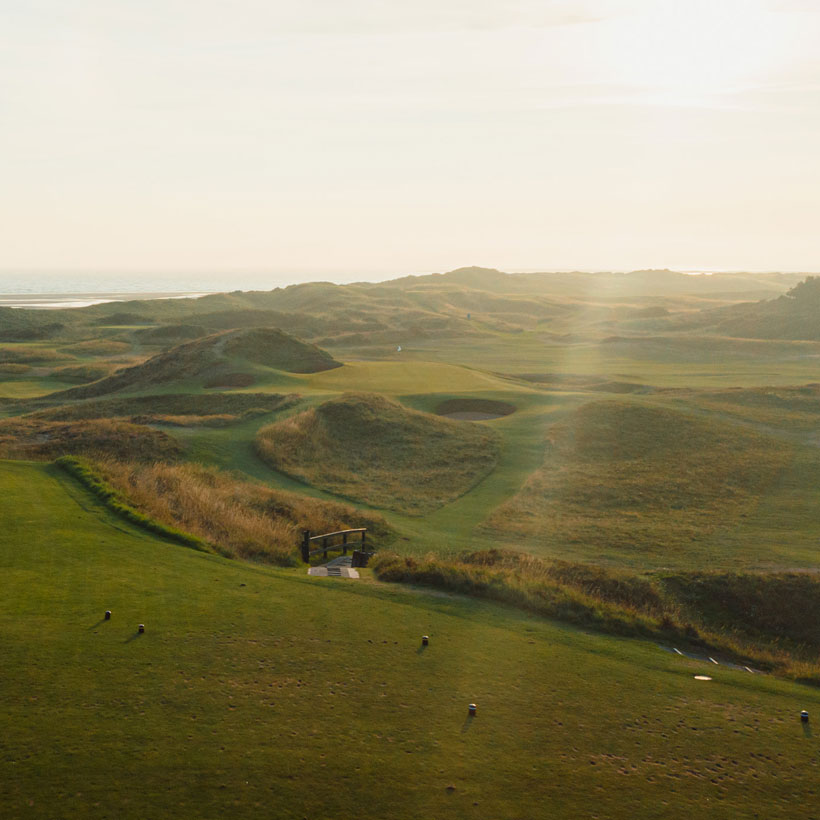
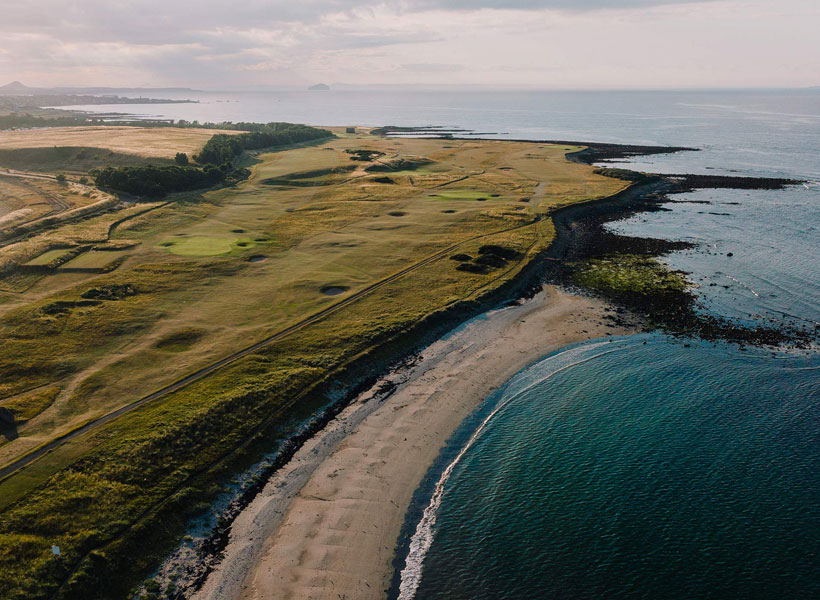





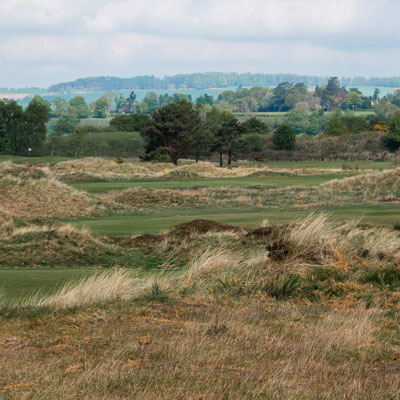
Leave a comment or start a discussion
Lorem ipsum dolor sit amet, consectetur adipiscing elit. Suspendisse varius enim in eros elementum tristique. Duis cursus, mi quis viverra ornare, eros dolor interdum nulla, ut commodo diam libero vitae erat. Aenean faucibus nibh et justo cursus id rutrum lorem imperdiet. Nunc ut sem vitae risus tristique posuere. uis cursus, mi quis viverra ornare, eros dolor interdum nulla, ut commodo diam libero vitae erat. Aenean faucibus nibh et justo cursus id rutrum lorem imperdiet. Nunc ut sem vitae risus tristique posuere.